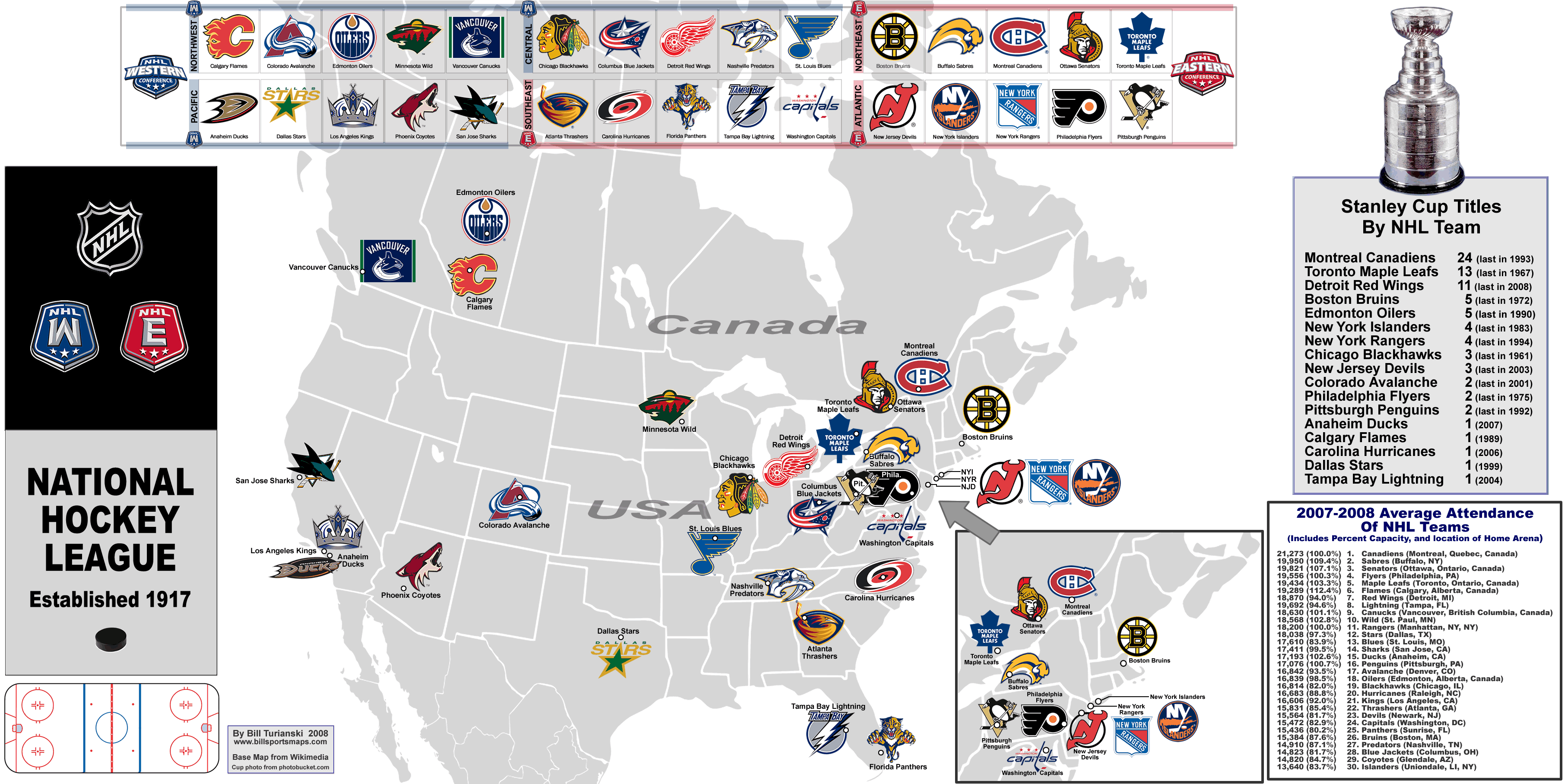HOCKEY: Due to their solid performance in recent history, West Coast hockey teams demand a change in attitude toward their programs.
By Jared Kanouse, Sports Writer
For as long as most people can remember, winter sports such as ice hockey have been secluded to the colder areas of the United States. Limited exposure to cold weather and the necessary conditions to play these sports in warmer regions cause kids to grow up playing other sports that are easier to play under the more hospitable conditions. Likewise, the children in colder areas of America who grow up on the ice are privileged in having correct conditions and thus produce higher numbers of hockey players per capita. Instead of starting with baseball or football, young children lace up their ice skates, grab a puck and a stick and work to become the best hockey players they possibly can be.
While this trend remains true, ice hockey’s popularity in the country has grown exponentially. Within the last 20 years, the number of junior hockey players in America has more than doubled, leading to two World Junior Championships within the last four years.
While the growth remains impressive, it is even more impressive when taken into consideration where this growth in junior hockey is occurring. Over the last twenty years, junior hockey has increased in California by 322 percent, in Georgia by 478 percent, and in Florida by a whopping 804 percent. Because of the advancements in technology in building ice rinks and the increased availability of the sport to children due to programs supported by professional teams in
these areas, for the first time in history hockey has become a sport that can be played anywhere at any time of the year.
This “Hockey Renaissance” in America did not just happen by chance. Rapid expansion of the National Hockey League (NHL) in the early to late 1990s placed hockey teams in locations where the general populations had little idea of what hockey truly was or how it worked. New expansion teams or existing teams were moved in the league’s attempt to expand the influence of hockey across America. Moving away from the traditional Canadian and Northern locations, teams were placed in the cities of Sunrise, Florida; Tampa, Florida; Dallas, Texas; Raleigh, North Carolina; San Jose, California; Anaheim, California and Phoenix, Arizona.
At first, these new teams that had either been unsuccessful in their previous locations or were entirely new ventures were considered to be lesser members of the league. This was known as another example of “East Coast Bias,” with the league supposedly favoring the older, more established teams on the East coast as opposed to the new generation of teams. This bias was even prevalent in the schedules, which often forced West Coast teams to fly long distances for single away-games in New York or Montreal. While this same distance existed for the East Coast teams, they often played all their games in the West on long road trips that facilitated travel.
For years during the start of these franchises, the teams struggled to put together solid seasons due to the physical toll the “East Coast Bias” had on them. However, as teams began building depth through their farm systems and developing different styles of play to help complete the grueling 82-game season, success seemed imminent and eventually began happening.
From 2004 to 2007, the Stanley Cup, or championship of the NHL, was only won by teams who came from the expansion during the 90s. They came in the order of the Tampa Bay Lightning, the Carolina Hurricanes and the Anaheim Ducks, with only one season without a champion title due to a lockout season when no games were played. By winning the 2007 Stanley Cup, the Anaheim Ducks also became the first Californian team ever to win the coveted trophy. The success of these teams didn’t stop there however, as the Los Angeles Kings captured the 2012 Stanley Cup and five of the last seven Stanley Cup winners came from the Western Conference of the league.
During this past off-season, the NHL finally made the final step in removing the “East Coast Bias” by restructuring the divisions of the league more geographically, thus easing travel for the West coast teams. The new Central and Pacific divisions make up the Western Conference, and the Atlantic and Metropolitan divisions were established in the Eastern Conference.
Almost instantly, the NHL saw a return on the restructure, with five of the best ten records in hockey emerging from the super competitive Pacific division, and eight of those top ten records belong to Western Conference teams.
While Western Conference teams are ahead, it is not because they are picking on a few weak teams within their own division. Instead, they are picking on the entire Eastern Conference. Through the first quarter of the season, the Western Conference teams have posted a 75-32-12 record against Eastern Conference teams, dominating inter-conference play.
Looking forward to the remainder of the season, Western Conference teams intend to continue their stellar play in order to solidify this fact: the old NHL is gone for good. Teams such as the Anaheim Ducks and Phoenix Coyotes no longer want to be looked down upon as expansion teams, but instead seek to be idolized for their impressive records. With the way the league is headed, they may not be too far off the mark.

